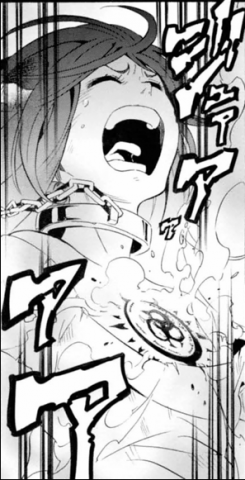The original work is a Sengoku battle manga by Yasuhisa Hara. It began serialization in Weekly Young Jump in 2006, with the first anime season airing in 2012, the second in 2013, and the third in 2020. A PlayStation Portable game was released in 2010, and a live-action film was released in 2019, making it a popular work that has been adapted into various media. The story is set in China during the Spring and Autumn Warring States period. The protagonist, Shin, a war orphan, and Sei, who would later become the first emperor of the Qin dynasty, strive to achieve something no one has ever accomplished before: unify China. While the story is based on historical facts, the personalities and appearances of the characters, as well as the war situation of each country, have been adapted for a more readable and entertaining manga. In this article, we will explain the "Seven Warring States" that appear in "Kingdom," incorporating historical facts.
What are the Seven Warring States?
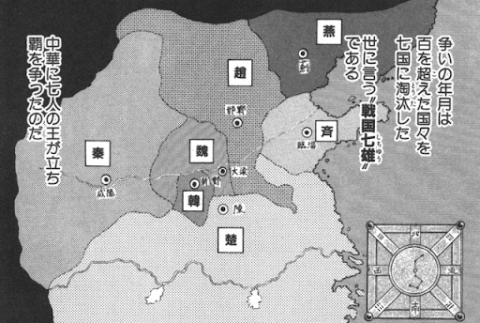
During the Spring and Autumn Period and Warring States Period, there were numerous city-state-like settlements called "yū." Weaker yū were absorbed by stronger yū, and a hierarchy of power emerged within the yū. Larger yū became countries, and the seven states of Qin, Zhao, Wei, Chu, Yan, Han, and Qi competed for supremacy over China. These seven states are referred to as the "Seven Warring States."
Countries other than the Seven Warring States existed
Countries other than the Seven Warring States existed, including Wei, Lu, Song, and Zhongshan. While these states lacked the power to compete for supremacy, they each had their own kings and functioned as states. However, like the Seven Warring States, they were destroyed by the Qin. Incidentally, Wei was the only state that survived until the reign of its second emperor.
Order of the Unification of China
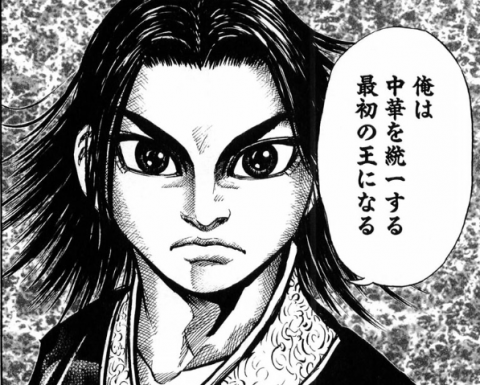
The Seven Warring States were destroyed and China was unified by Sei, who later became the first emperor of the Qin dynasty. Let's take a look at the order in which Qin conquered other countries.
First Country: Han
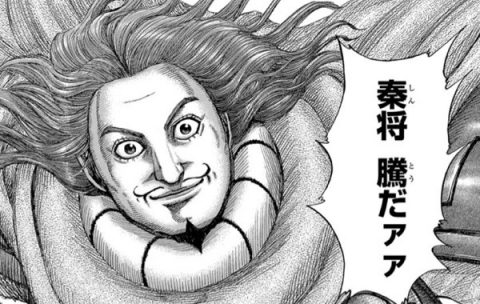
Qin existed from 403 BC to 230 BC, with King An of Han as its last ruler. As the weakest of the Seven Warring States, Qin relied on reinforcements from other countries. However, Qin's repeated campaigns against Wei and Zhao left them unable to send reinforcements to Han. It was destroyed by Teng, a former adjutant of the King's Cavalry.
The Second Kingdom: Zhao
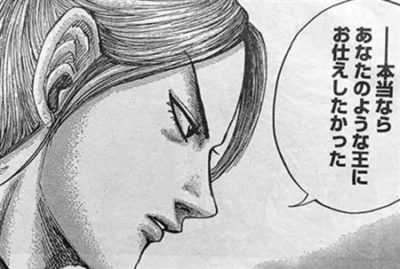
Zhao existed from 403 BC to 228 BC, and its ruler, King Youmiu, was captured by Qin and destroyed. King Youmiu's brother, Prince Jia, established the Dai government in exile and attempted to ally with Yan, but was captured by Wang Ben and completely destroyed. When Zhao was first destroyed, Wang Jian, Meng Ao's aide-de-camp, served as commander-in-chief of the Qin army. It is said that Qiang Qi and Yang Duanhe also fought alongside him. Li Mu, the Chancellor of Zhao, a man of great military might and intelligence, met a tragic end by being executed by the Qin state's machinations.
Third Kingdom: Wei
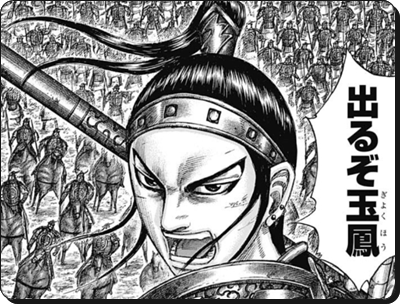
Wei existed from 403 BC to 225 BC and was destroyed during the rule of King Jia of Wei. The defection of Lord Xinling, one of the Four Lords of the Warring States Period, to Zhao appears to have significantly weakened the Wei's military strength. It is said that Wang Ben flooded the Wei capital of Daliang, leading to its downfall.
The Four Kingdoms: Chu
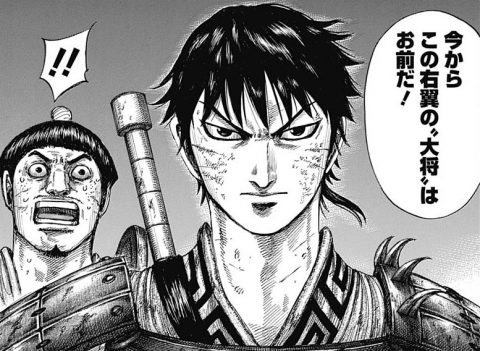
The Chu Kingdom existed from the 11th century BC to 223 BC, and was destroyed during the reign of Fu Shu. This battle was supposed to be Shin's big moment, with Shin, the protagonist of "Kingdom," serving as general and Meng Tian serving as deputy general. However, a surprise attack by the Chu general Xiang Yan resulted in a major defeat, losing seven of his generals. Shin was replaced by Wang Jian as general, with Meng Wu as deputy general. With Wang Jian as general, Qin took Fu Shu prisoner, and Chu was destroyed. Later, Prince Changping of Chu was called upon by Xiang Yan to become the ruler of Chu, but the rebellion was quickly suppressed. Major events in the story include Xin's defeat as a general and the betrayal of Prince Changping, a talented Qin military strategist.
The Fifth Kingdom: Yan
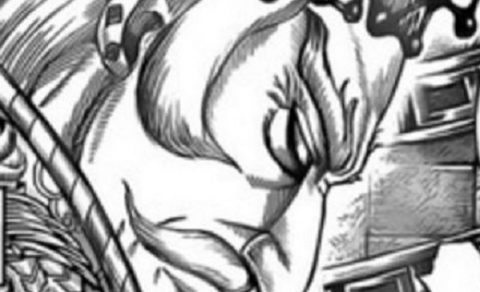
The kingdom existed from 1100 BC to 222 BC, with King Xi of Yan as its last ruler. Yan, which did not share a border with Qin due to the presence of Zhao and Wei, did not feel the pressure of Qin. However, Yan, anxious about the fall of Zhao, sent Jing Ke as an assassin to assassinate King Zheng of Qin. The assassination failed, but in retaliation, Qin sent Xin and Wang Ben to campaign, leading to the downfall of Yan.
The Sixth Kingdom: Qi

The state of Qi existed from 386 BC to 221 BC, and was destroyed with Tian Jian as its last ruler. While other states were conquered by Qin, Qi remained largely unaffected. Of the Seven Warring States, only Qin and Qi remained. Qin sent Xin, Meng Tian, and Wang Ben to Qi. They also bribed Qi's Prime Minister, Hou Sheng, and Tian Jian surrendered almost without a fight.
Qin after the Unification of China
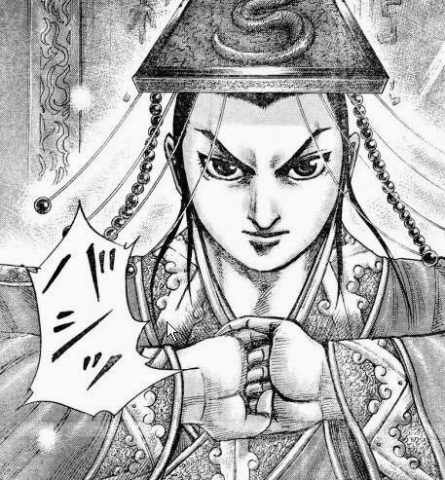
After eliminating all of the Seven Warring States and unifying China, Zheng came to be known as the First Emperor. After his death in 210 BC, Prime Minister Li Si and the eunuch Zhao Gao covered up the incident and wielded power as they pleased, using the second emperor as their pawn. However, when news of Qin Shi Huang's death spread, the anger of the people, dissatisfied with his tyranny, exploded, leading to rebellions across the country. Emperor II was branded a tyrant and killed, and thanks to the efforts of Xiang Yu and Liu Bang, Li Si and Zhao Gao were killed. Thus, the Qin Dynasty fell in 206 BC, and Xiang Yu divided the Qin lands into three, creating the Three Qins.
What were the Seven Warring States? A clear explanation! Summary
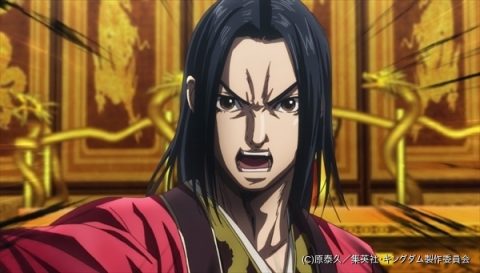
What did you think? When you hear the term "Seven Warring States," do you think of people? I thought he was referring to the country, right?! Since Kingdom is a story based on historical facts, if you know this flow, you can probably predict future developments to some extent. Naturally, if it was depicted exactly as is, there would be too few characters and the work would feel unsatisfying, so I'm curious to see how it will be adapted. In the battle to destroy the state of Wei, the names of almost no generals other than Wang Ben remain, so it's possible that other generals will also join the battle. Also, in historical fact, the attack on Qi, the last state of the Seven Warring States, was conquered with almost no fighting, but with the three main generals, Xin, Meng Tian, and Wang Ben, at the forefront, it's hard to imagine it ending without a fight. I have a feeling that original elements will be added here as well!! !

